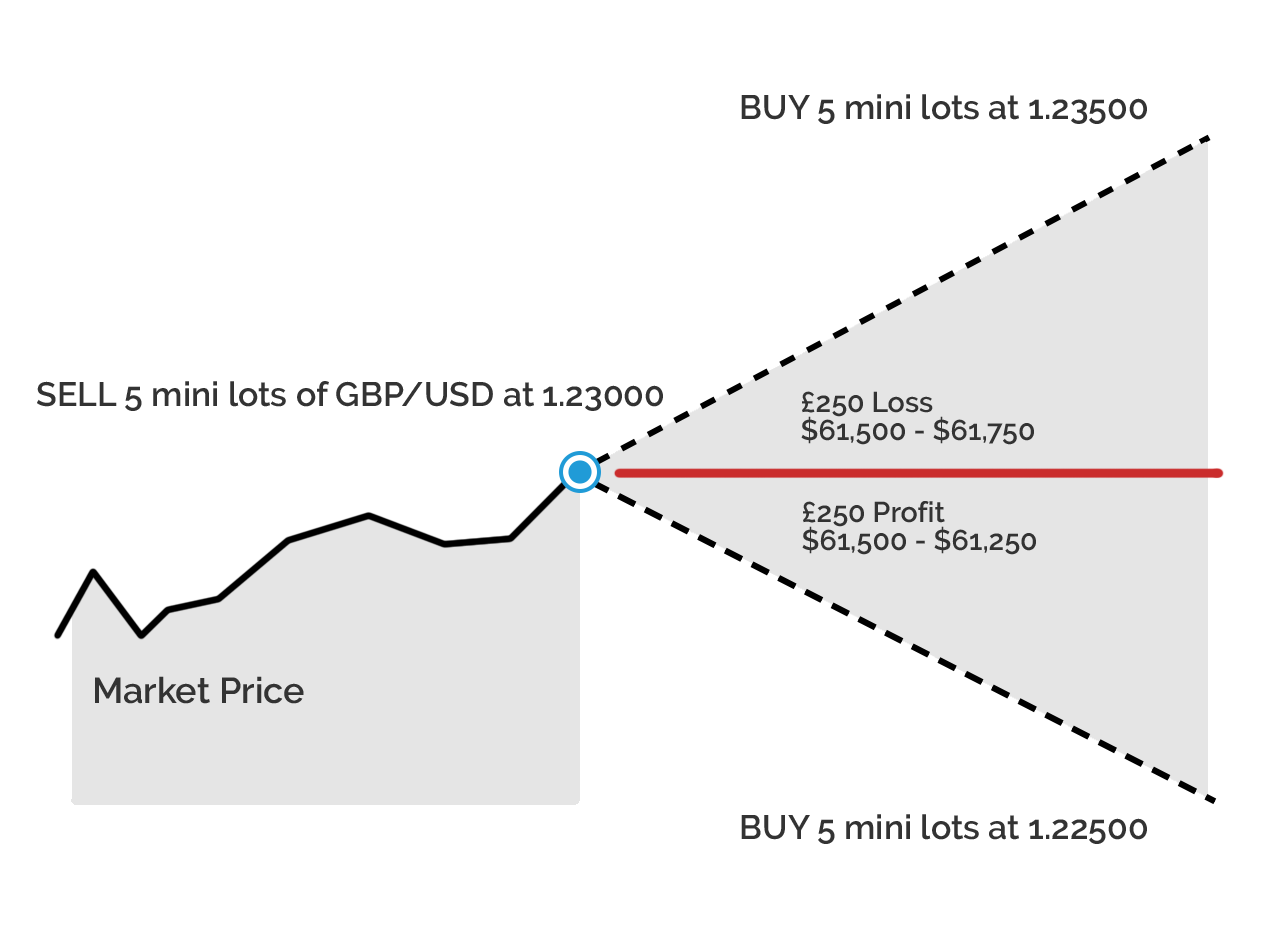Please note: we made this video before ESMA introduced a leverage cap on forex, the leverage mentioned is currently not available in the EU.
Spot forex trading
The spot forex market is where traders come together and agree on a price to exchange one currency for another. The market is massive, with trillions of dollars worth of business each day. Exchanging currency is done by companies, governments, banks, individuals and traders.
A standard spot forex contract is called a lot – the contract size set at 100,000 of the base currency. So, when traders buy or sell 1 lot of EUR/USD they are buying or selling €100,000. Some retail brokerages offer smaller sizes, like micro-lots which is for 1,000 of the base currency or mini-lots which is for 10,000 of the base currency.
While spot forex is an OTC market it is not a derivative because the underlying asset is being exchanged and is owned by the trader, in this case, currencies.
Unlike other market participants, like companies that want to use the currency purchased in its business to pay bills and so on, traders borrow to fund their fx positions. If they are long a currency then they will need to pay the financing, if they are short they receive it. All spot forex brokers provide this facility automatically and the levels are similar to the leverage traders can obtain with CFDs or spread bets. Spot forex traders were the original margin traders and their brokerage will require them to place margin on account to fund their activities.
Markets and other product types
Spot forex trading was around long before CFDs and financial spread betting. The term forex trading is used casually and these days can mean trading on spot forex or trading a CFD of a currency market. Don’t let this confuse you, have a clear idea of the product you are trading and markets you are trading on.
Forex trading example
We obviously can’t recreate our BP example for this product type because it’s not a currency but let’s look at our GBP/USD trade.
A trader sells 5 mini lots of GBP/USD at 1.23000, this means they are selling £50,000 and buying $61,500. They are speculating that USD with appreciate / GBP will depreciate.
To exit, they buy back the 5 mini lots, if the price is 1.22500 they are buying £50,000 but they only need $61,250 to do this. The $250 surplus is the profit.
If they exit and the price is 1.23500 then they’ll need £61,750 to buy the £50,000 and the shortfall against the £61,500 is a loss of $250.

Spot forex pros:
- Permitted in a lot more countries than CFDs or spread bets.
- Traders are dealing in the underlying cash market so there can’t even be the risk of slippage in price between the underlying and the derivative markets (CFDs, spread bets).
- Very liquid markets traded nearly 24 hours a day.
- A much wider range of brokers offer spot forex.
- Losses are likely to be tax-deductible.
Spot forex cons:
- Traders can only trade currency markets through spot forex.
- Profits are likely to be taxable.
- Spot forex is the underlying market where traders, companies, governments etc come together to exchange currencies.
- A standard spot forex contract is called a lot, it is for 100,000 of the base currency. Smaller contract sizes are available.
- A trader can conduct all their trading from one brokerage account, the broker will hold all their currency positions in one account.
